When I met my husband he charmed me with his vague plan to buy a motorcycle in India with which he’d traverse the country while documenting the journey on film. Ravished as I was, I didn’t really believe he’d pull through. But there I was, ten months later, on a plane to India to join in on the motorcycle adventure. A trip from South to North India on a 1979 Royal Enfield, “Bullet”.
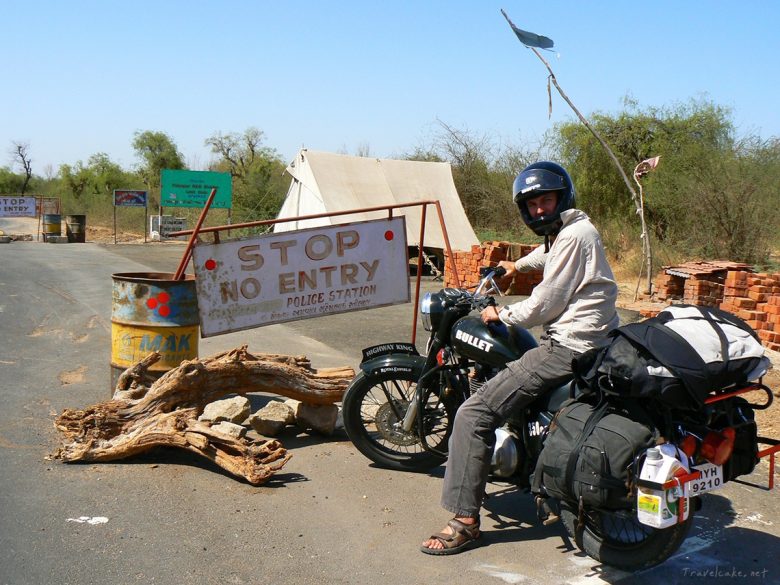
It would take a short novel to tell you the whole story, so I’ll stick to the most essential parts…
When I arrived in India Douglas and his travel mate had already bought motorcycles, driven through the most insane traffic situations, been severely ill and they’d had a few near death experiences. But worst of all, they’d just been robbed of thousands of dollars worth of filming equipment and the stories they had captured on film. That’s how we got acquainted with India’s police and red tape. I’ve blacked out the details, it really was that horrible.
The silver lining was that robbery happened in Varkala, a popular backpacker beach hangout perched on a steep cliff full of restaurants, bars and shopping stalls. So while we spent days at the police station fighting for paperwork to come through, we’d spend the rest of the time stuffing our faces with banana pancakes, drinking cool beers, joining spontaneous sing-alongs around the campfire and skinny dipping under the full moon with new found Scandinavian friends. You know, the usual backpacker’s stuff.
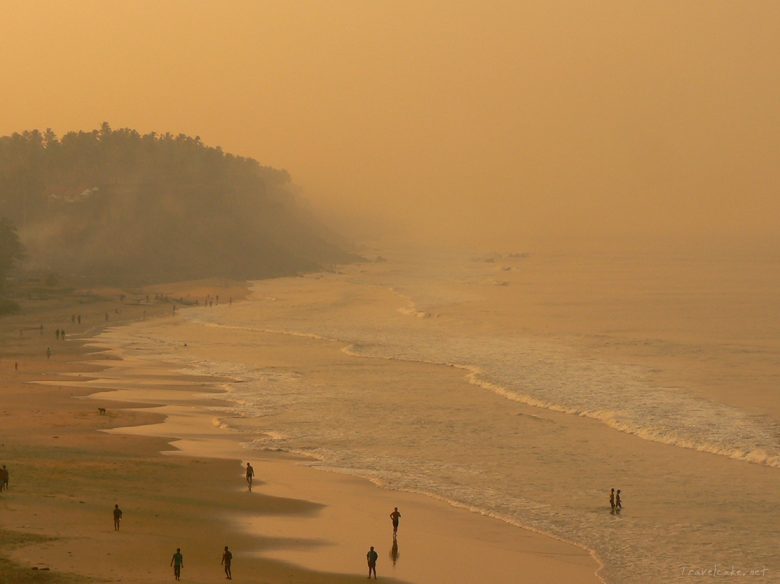
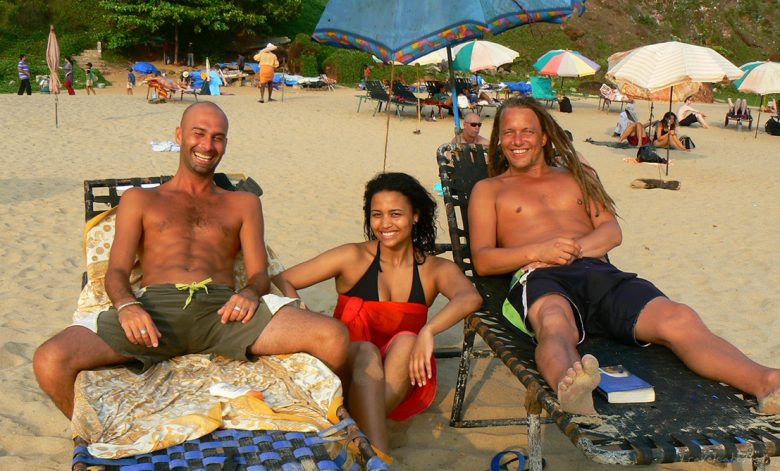
After a week of frustration, we finally got the paperwork out of the way and were ready to leave the tourist Shangri-La to dig into the “real” India.
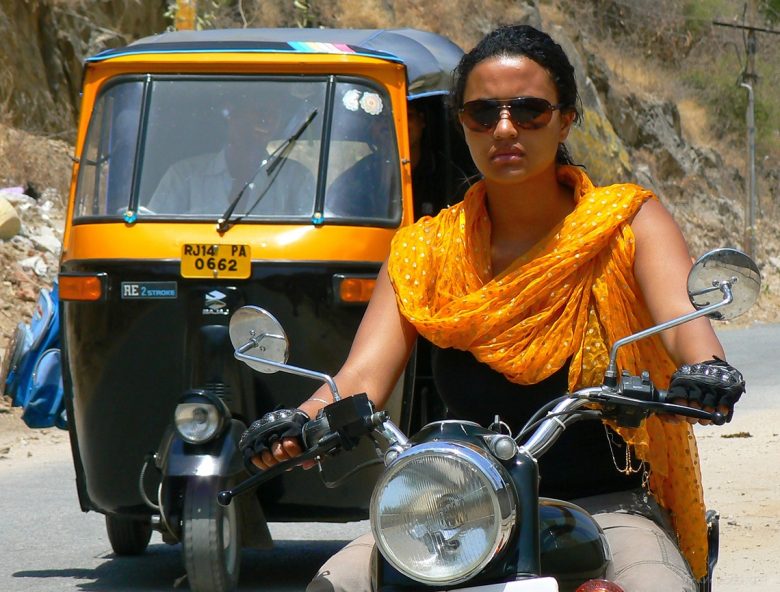
With our backpacks strapped securely to the back of our motorcycle, we crossed the palm fringed Kerala. We parked “The Bullet” for a few days to spend some time gliding the backwaters on a houseboat.
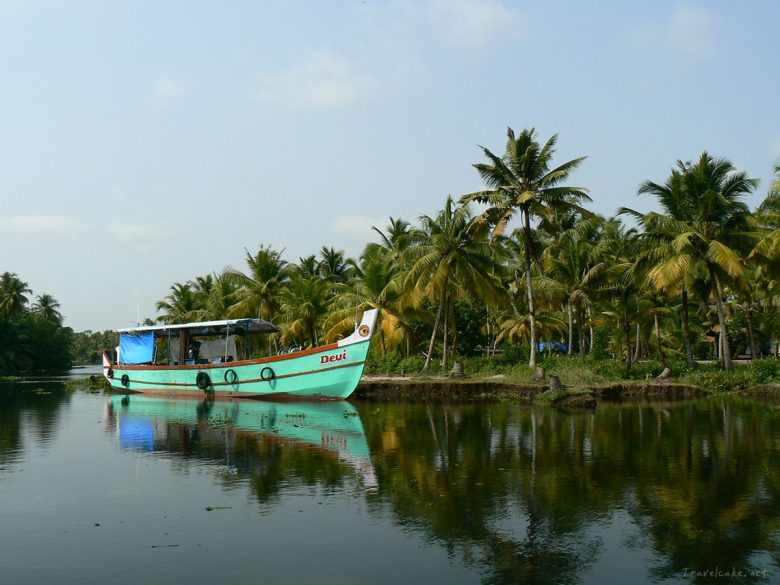
We continued our trip passing through gorgeous landscapes and majestic cities…
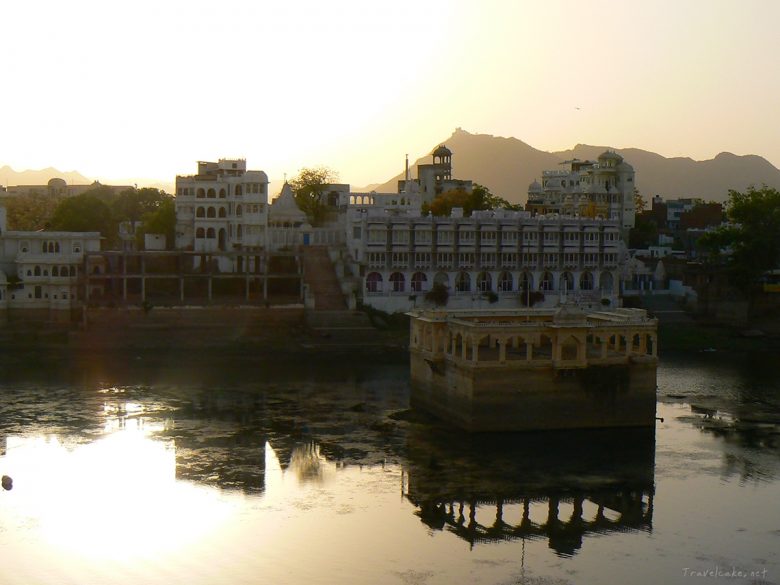
…but also rather dull ones.
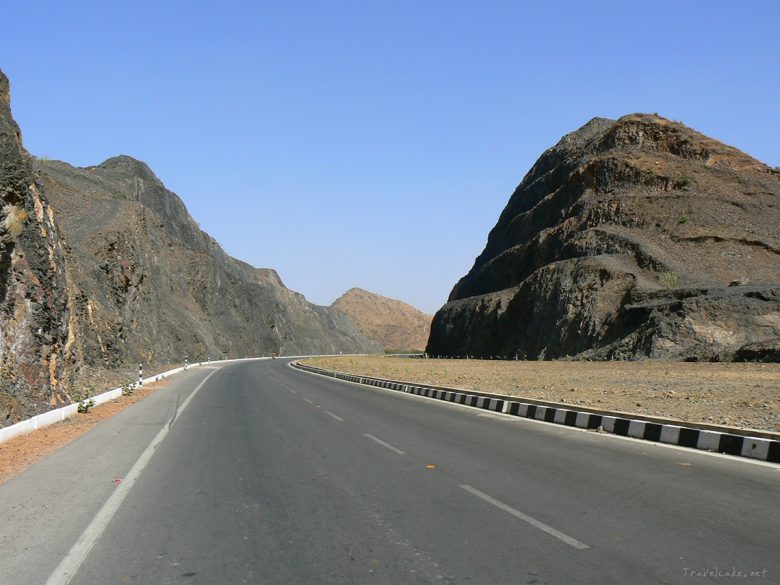
We would drive all day, taking lots of breaks…
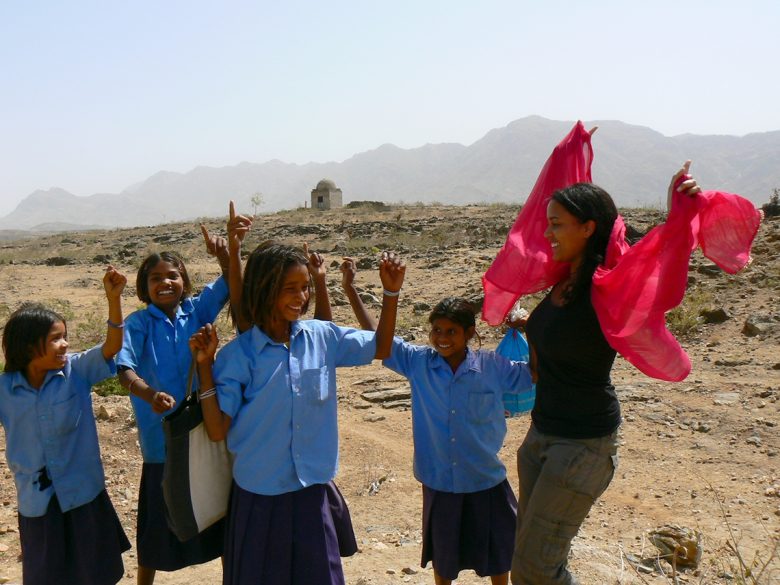
…and we’d look for a place to stay once the sun started to set. If we were lucky we’d find a quaint little room with a view but more often than not, we’d have to take whatever was available. Thus we got our fair share of bedroom cockroach encounters, rat dropping surprises and malfunctioning fans in temperatures of 40 C° at night. Or even worse: nosy staff showing up unannounced in our room at night under pretext they’d “need something” from inside… WTF?!
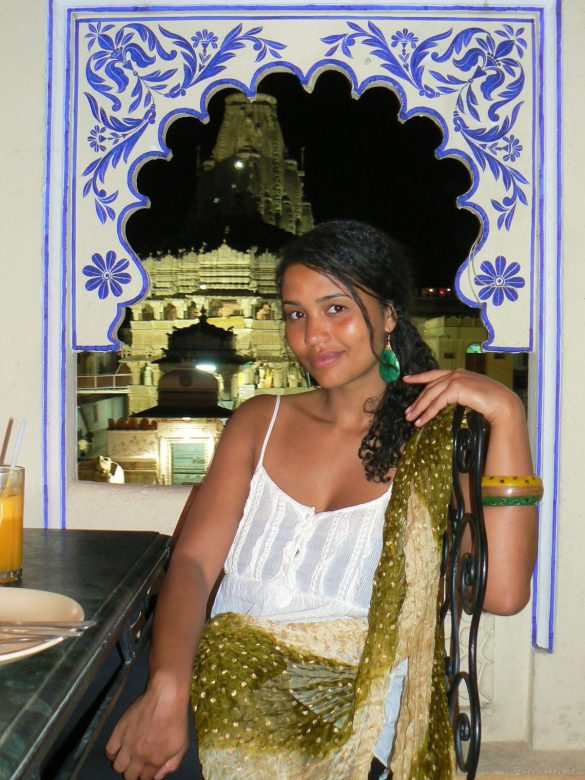
The Bullet tagged along with us where ever we went, giving us the freedom to stop anywhere we wanted.
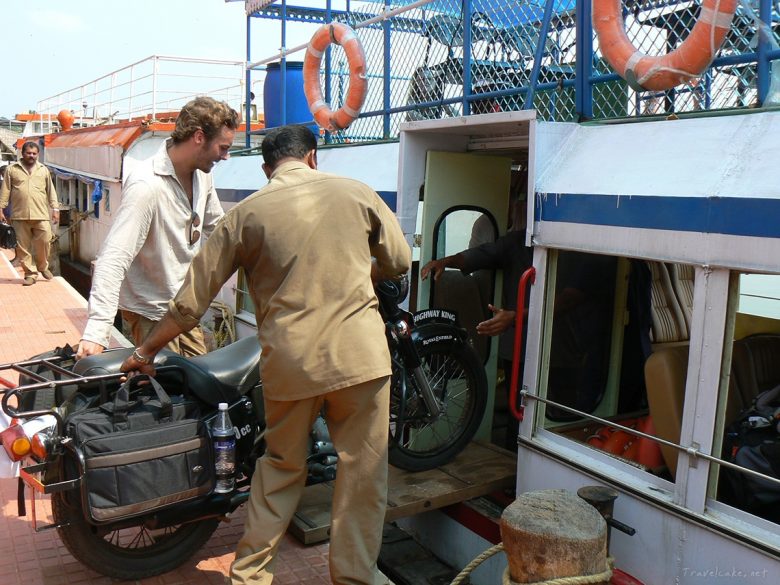
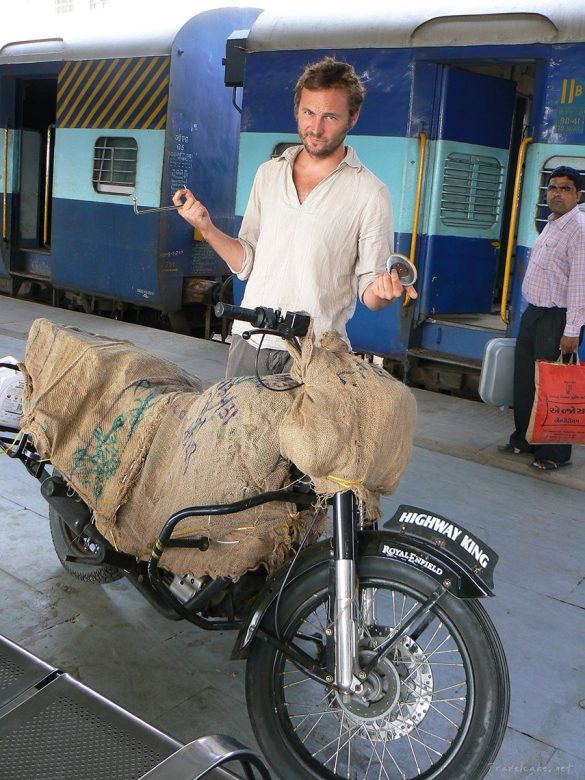
Our motorcycle broke down often. We’d have it repaired if we happened to be near a town. If not, we’d fix it ourselves. With tape and rope. Yep, that works sometimes.
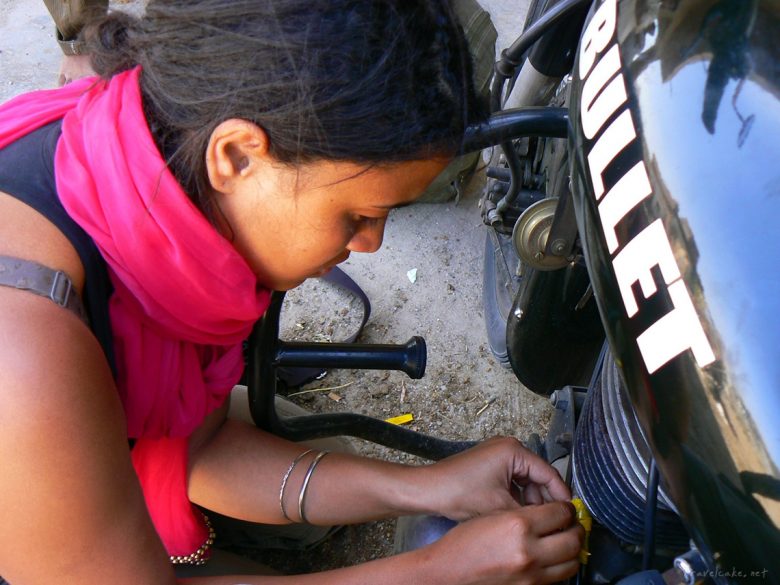
But usually there were more than enough people spontaneously getting involved, trying everything they could to get The Bullet running.
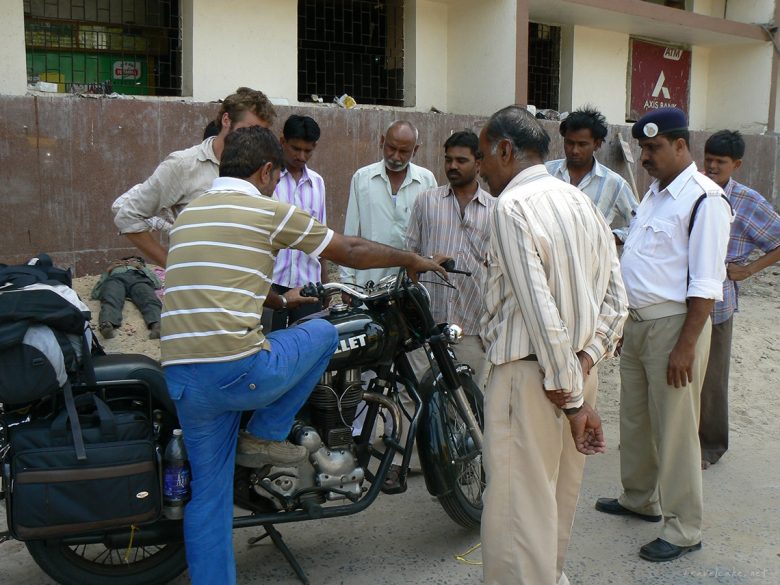
Traffic in and near cities was absolute madness. You never know what you’ll encounter while driving. Anything goes.
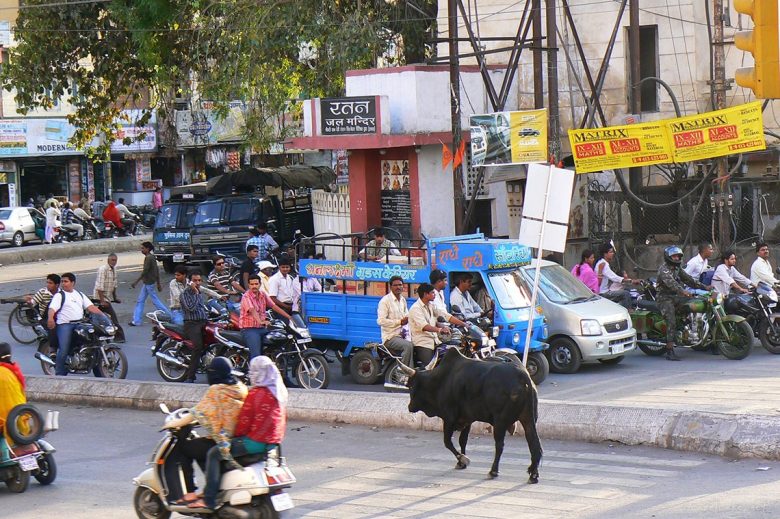
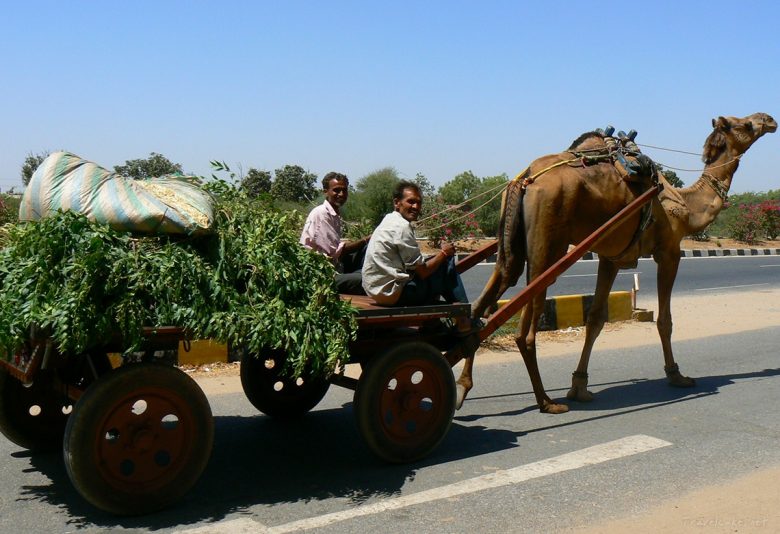
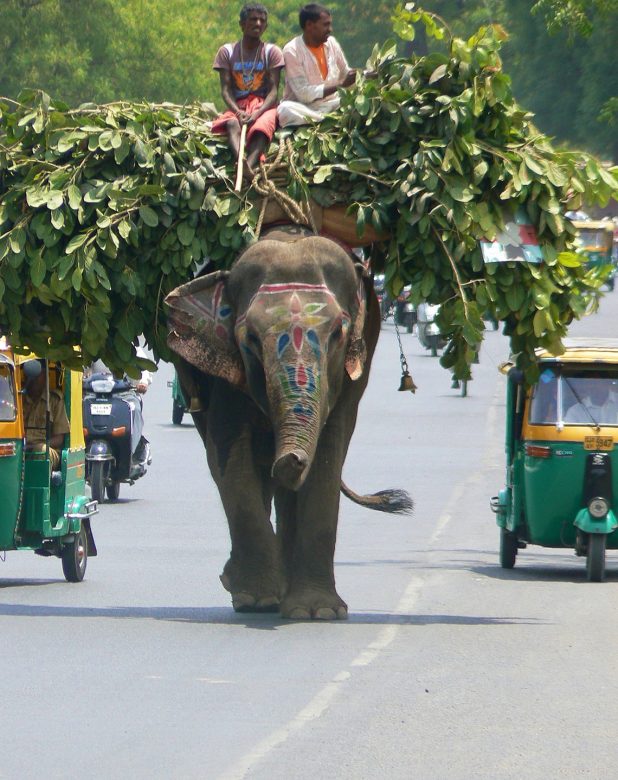
We met some interesting characters along the way.
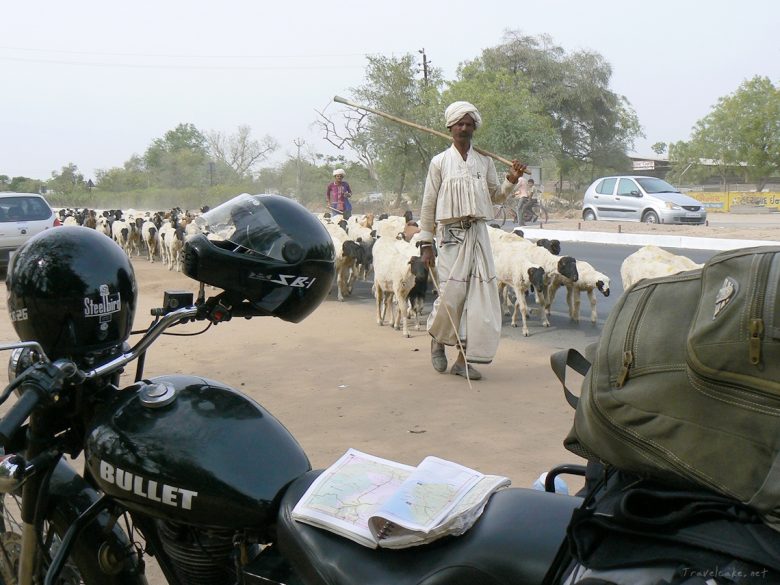
We ate where the locals do.
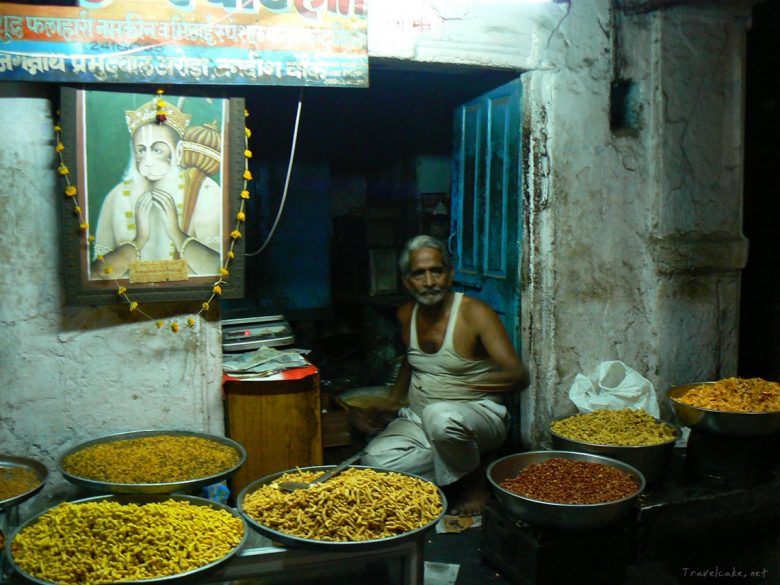
We tried to understand the essence of India. We were far from the tourist path and as close to life in small town India as possible. Even so, we knew we would never be able to truly make sense of things in this country. We are outsiders to the culture and always will be, no matter how hard we tried. To us, that’s the beauty of traveling in India.
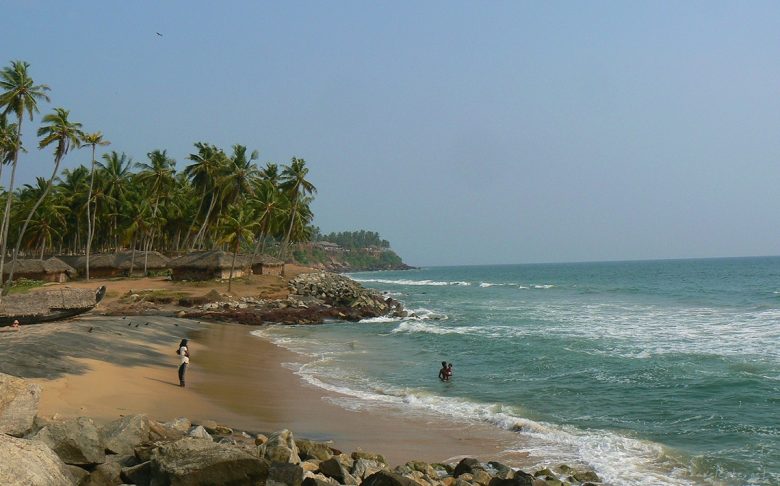
My part of the journey ended in Delhi after having crossed the States of Kerala, Karnataka, Maharashtra, Gujarat and Rajasthan. Douglas continued further north through the Himalayas to Manali on his own.
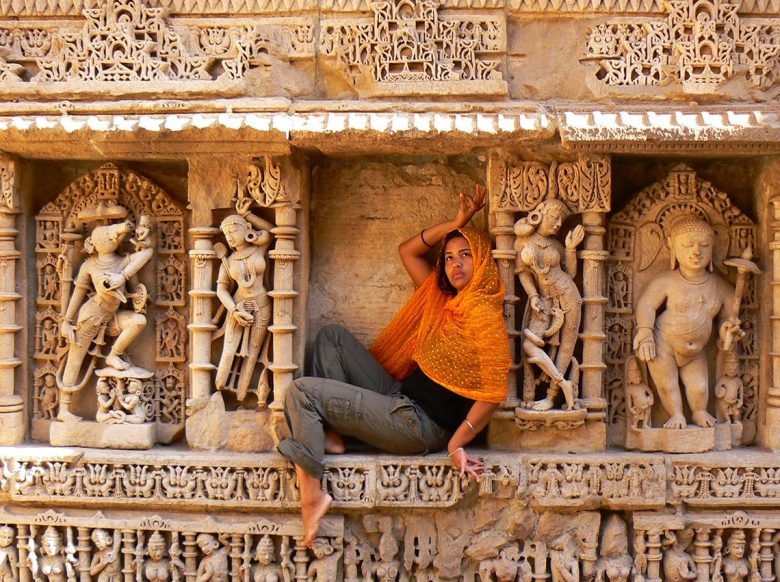
As you can imagine, insane things happened on this three month trip but as I mentioned earlier, it would take a novel to tell the full story. I would definitely rank this trip under the category “hardcore travel”.
Here are a few tips if you want to motorcycle through India:
1. Don’t. It’s dangerous. But if you really really must…
2. Travel in India without a motorcycle first. That way you’ll get to know the Indian way before taking on the responsibility of having to drive, deal with mechanics and cultural differnces, finding your way in sprawling cities… Only when you find that you can handle the Indian chaos, should you start to consider driving the motorcycle.
3. Upgrade your motorcycle’s horn. Make sure it’s loud enough to overpower the other horns. On Indian roads, it’s survival of the loudest.
4. Pack light, very light. It’s so much easier and more comfortable to drive with a light backseat. You may have noticed I’m wearing the same outfits in almost all of the pictures in this post. Do bring along some tape and rope, they always comes in handy!
5. Avoid cities and crowds. They’re complete mayhem.
6. If you are pressed with time, chose North India as your destination. The mountainous area north of New Delhi is far more laid back to drive through.
6. Finally and most importantly: Go with the flow. You can’t control most of what happens on the road. The sooner you accept that reality and let go, the sooner you’ll start enjoying the experience.
Motorcycling through India was not a relaxing trip. It was challenging, dangerous and frustrating. At the same time it was unlike anything else and incredibly rewarding. An epic journey for ever in our memories.
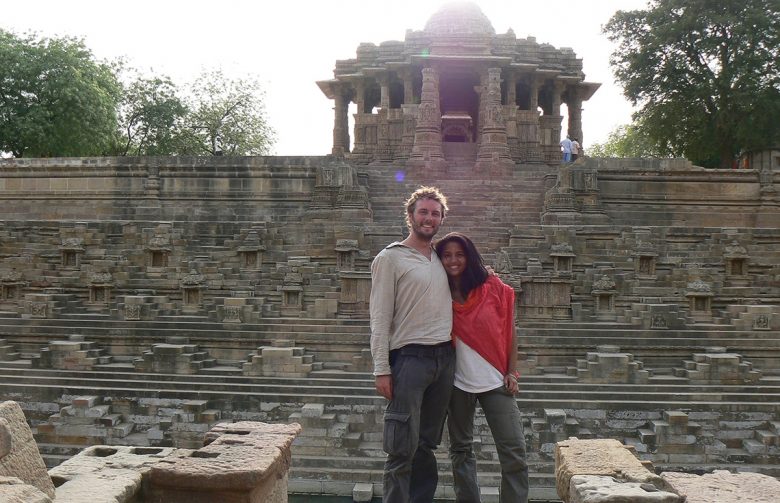
Have you traveled by motorcycle? Where? Would you motorcycle India?
The post “Motorcycling India” first appeared on Travel Cake.
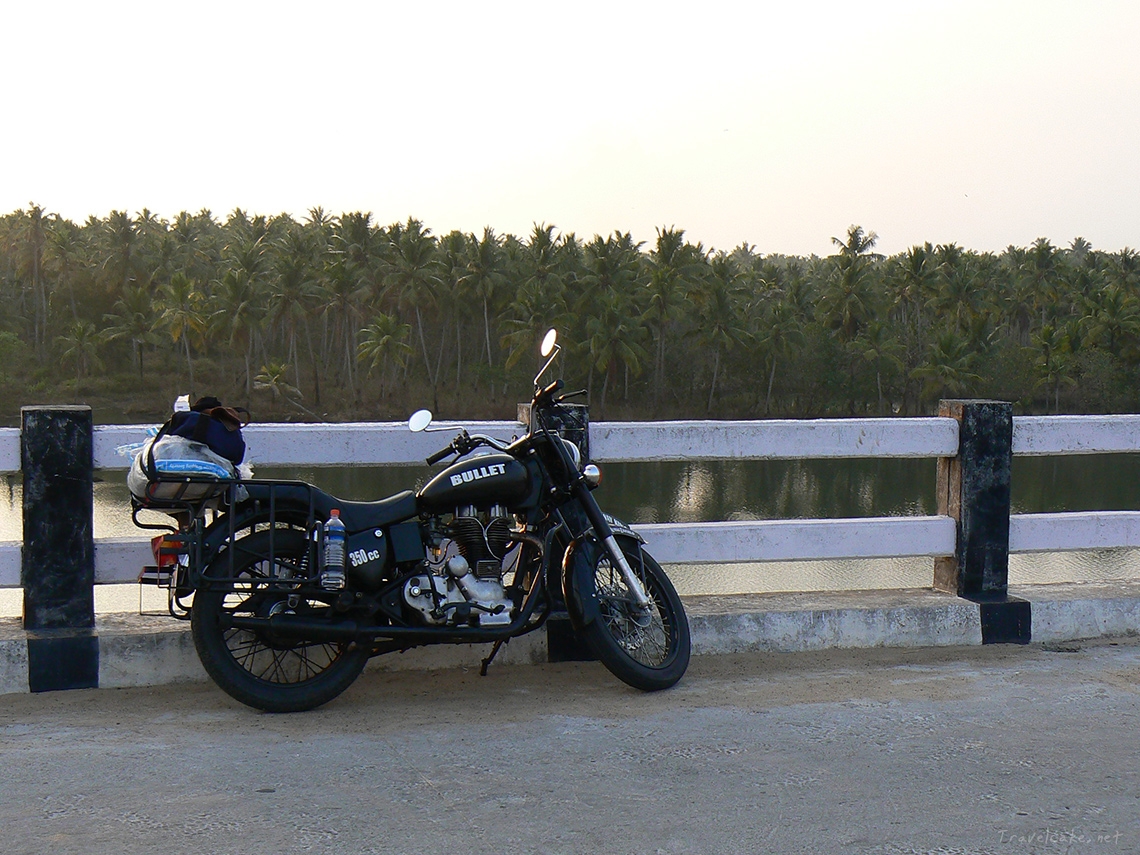
Comments
6 responses to “Motorcycling India”
Wow guys! what a fantastic story and photos alongside your journey through India. Loved reading it!
Thanks Adam! 😀
Epic journey! You guys must be very brave. Great pictures. You saw and experienced so much. I was wondering, how many and which languages do you speak? Do you find it hard to travel in places where you don’t speak the language?
Brave? I don’t know… I think we just didn’t know what we were getting ourselves into! 😀 English, French and Dutch are my mother tongue. I also speak intermediate Spanish and Swahili. So usually, I am able to get around with these languages everywhere I travel. Russia was a linguistic challenge… Even then it wasn’t too hard though, just for more ‘technical things, like booking a train ticket at a booth. In general, connecting with gestures and smiles has worked remarkably well so far 🙂